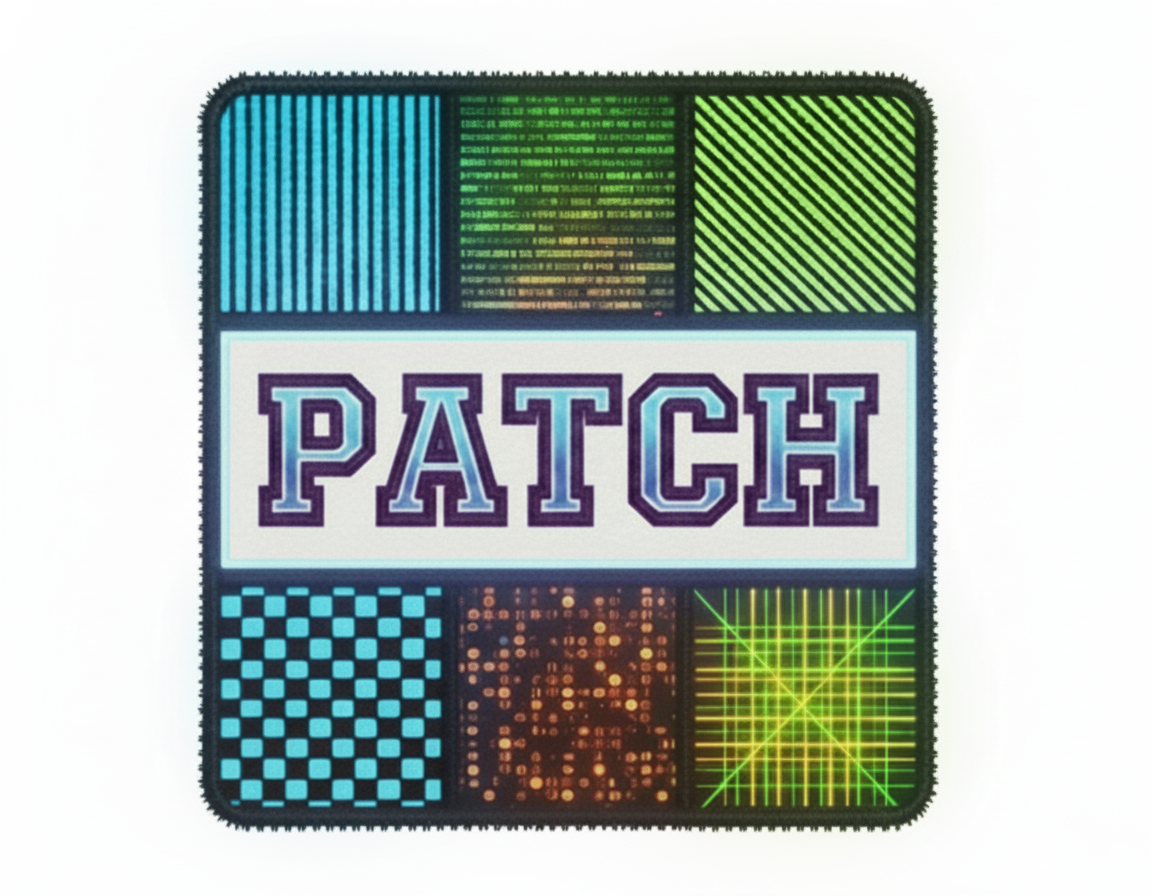
PATCH: Learnable Tile-level Hybrid Sparsity for LLMs
Table of Contents
Overview
Large language models (LLMs) deliver state-of-the-art performance but face prohibitive inference costs. Model pruning is an effective way to reduce these overheads, yet existing approaches face challenge:
- Unstructured sparsity preserves accuracy but cannot be accelerated efficiently on GPUs.
- Semi-structured 2:4 sparsity is hardware-friendly but rigid (fixed 50% sparsity), leading to accuracy loss.
PATCH bridges this gap by enabling a continuous sparsity ratio between 0% and 50%.
It partitions each weight matrix into tiles, then learns whether each tile should remain dense or become 2:4 sparse, using a differentiable mask learning mechanism.
This design combines the flexibility of unstructured pruning with the acceleration of structured sparsity, yielding higher accuracy and real speedups on GPUs.
How PATCH Prunes
PATCH learns a hybrid mask by formulating selection as two coupled subproblems: (1) deciding which tiles are dense or sparse, and (2) determining the 2:4 sparsity pattern within sparse tiles.
-
Tile-level Mask Selection
Each tile in the weight matrix is assigned a learnable logit.
Collectively, these logits form a grid \(\mathbf{P}_{\text{tile}}\), where each entry represents the score of keeping the corresponding tile dense versus pruning it into a 2:4 sparse tile.We apply the Gumbel–Softmax relaxation to sample these binary choices in a differentiable way, enabling the mask decisions to be optimized during training.
-
Within-Tile 2:4 Mask Learning
For tiles selected as sparse, PATCH provides two options for handling the 2:4 mask pattern (\(\mathbf{M}_\text{2:4}\)):-
PATCHTile — Fixed 2:4 pattern:
Uses a pre-computed, kept frozen mask throughout training.
This design is*memory-efficient and allows scaling to large models (e.g., 8B parameters on a single 80 GB GPU). -
PATCHJoint — Learned 2:4 pattern:
Treats the 2:4 mask as learnable1 and optimizes it jointly with tile selection.
This provides greater flexibility and typically leads to higher accuracy.
-
-
Hybrid Mask Combination
- The final pruning mask interpolates between dense tiles and sparse tiles:
- This yields a global sparsity ratio between 0% and 50%, controlled by a sparsity regularizer.
Results
PATCHJoint Results
PATCH achieves a controllable trade-off between sparsity and accuracy.
| Sparsity | Method | Pattern | Qwen-2.5 0.5B Acc (↑) | Qwen-2.5 0.5B PPL (↓) | LLaMA-3.2 1B Acc (↑) | LLaMA-3.2 1B PPL (↓) | Gemma-3 1B Acc (↑) | Gemma-3 1B PPL (↓) |
|---|---|---|---|---|---|---|---|---|
| 0 % | Dense | – | 46.00 | 12.08 | 47.70 | 9.06 | 47.01 | 11.67 |
| 50 % | MaskLLM1 | 2:4 | 39.33 | 15.22 | 41.04 | 12.93 | 41.84 | 12.82 |
| 45 % | PATCH | Hybrid | 40.29 | 14.57 | 42.08 | 12.23 | 42.80 | 11.96 |
| 35 % | PATCH | Hybrid | 41.15 | 13.84 | 42.72 | 11.67 | 43.30 | 11.48 |
| 25 % | PATCH | Hybrid | 42.39 | 13.47 | 43.81 | 11.00 | 44.07 | 11.17 |
Average accuracy on 8 zero-shot tasks: MMLU, PIQA, ARC-Easy, ARC-Challenge, WINOGRANDE, OpenBookQA, RACE, and HellaSwag.
PATCHTile Results
Optimizing tiles only still provides the trade-off at lower cost, enabling larger models to be trained in resource-constrained settings.
| Sparsity | Method | Pattern | LLaMA-2 7B Acc (↑) | LLaMA-2 7B PPL (↓) | LLaMA-3.1 8B Acc (↑) | LLaMA-3.1 8B PPL (↓) |
|---|---|---|---|---|---|---|
| 0 % | Dense | – | 54.61 | 5.12 | 60.31 | 5.84 |
| 50 % | MaskLLM1 | 2:4 | 48.62 | 6.78 | 52.80 | 8.58 |
| 45 % | PATCH | Hybrid | 48.99 | 6.55 | 53.60 | 8.20 |
| 35 % | PATCH | Hybrid | 50.08 | 6.18 | 55.28 | 7.89 |
| 25 % | PATCH | Hybrid | 51.58 | 5.86 | 56.48 | 7.34 |
Average accuracy on 8 zero-shot tasks: MMLU, PIQA, ARC-Easy, ARC-Challenge, WINOGRANDE, OpenBookQA, RACE, and HellaSwag.